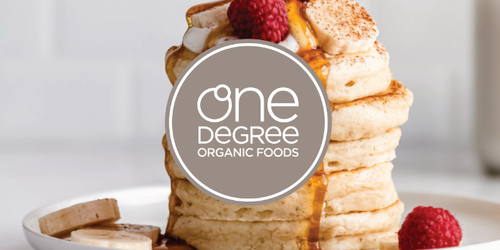The Oven Door closed January 24, 2024


But not gone!
Our online store is closed, so look for our products at your local store.
Click the brand of your choice to see whether your favorite products are available at a store near you.




Many of our products can now be found on Instacart. Click a button below to see if they're in stores near you.
Have a question?
Receive personalized service by contacting a team member below.

After careful consideration, we’ve made the difficult decision to close The Oven Door online store.
Our family of brands, Carbonaut, Little Northern Bakehouse, One Degree Organics, and Silver Hills Sprouted Bakery, will continue to be available through retailers and online resellers.
We launched The Oven Door over three years ago to make it easier for you to find our products regardless of where you live in the States.
We recognize many families rely on our specialty products to feed their loved ones. Our team continues to work to make sure you have access through your local grocery stores.
Investing in your health is the greatest gift you can give those you love. We’ve been honored to play a small part in your journey with The Oven Door.
Stan & Kathy
The Oven Door Owners





